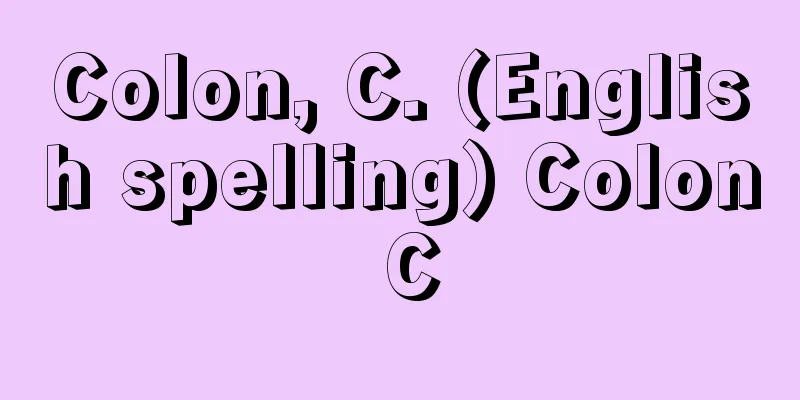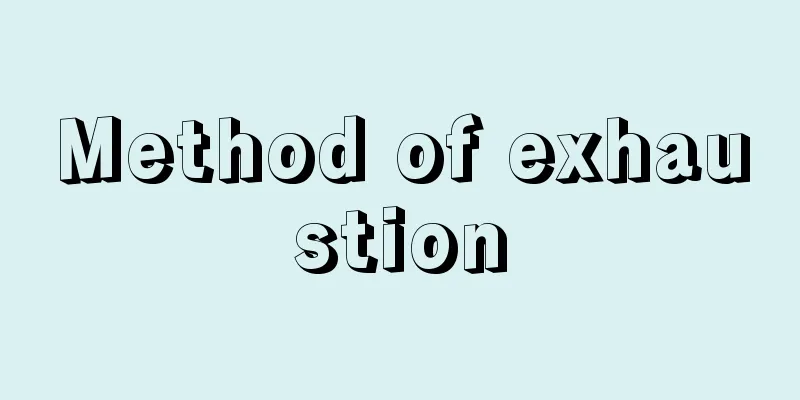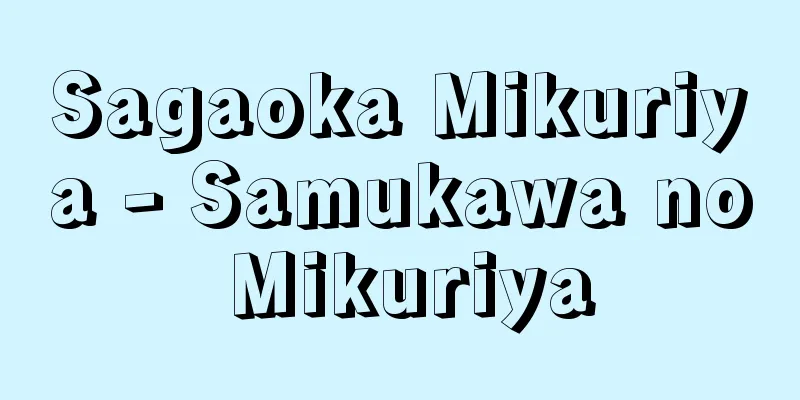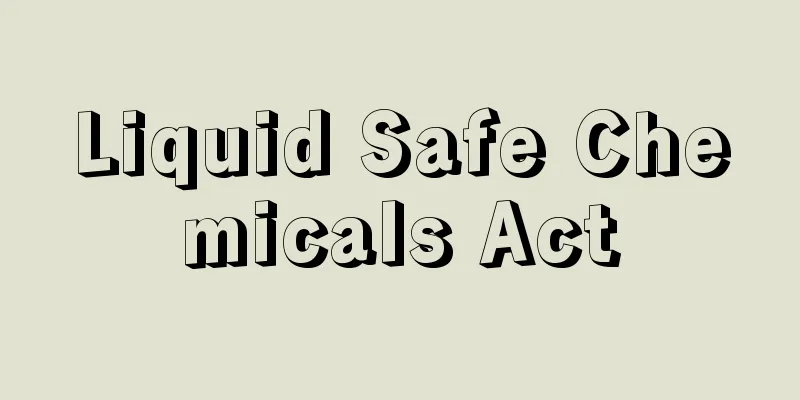Mental Health and Welfare Act
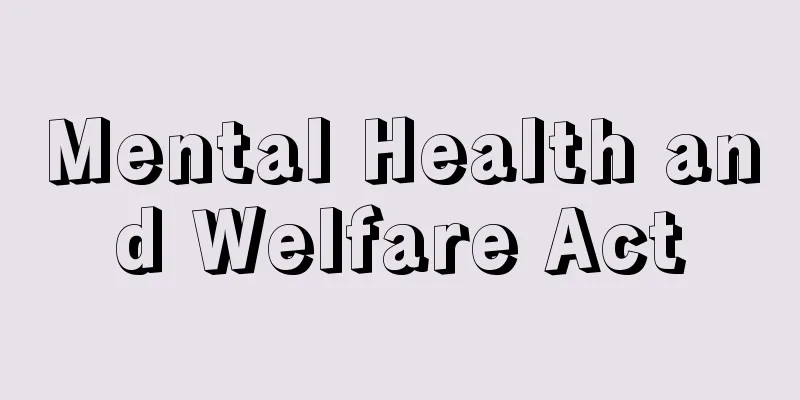
|
This law is about medical care and protection for the mentally handicapped, promoting social rehabilitation, and encouraging independence. Its official name is the "Mental Health and Welfare of the Mentally Handicapped Act." It was enacted in 1950 (Showa 25), and was amended in 1987 to become the Mental Health Act, which came into effect in 1988. This Mental Health Act was partially amended in 1993 (Heisei 5), and became the Mental Health and Welfare Act in 1995. [Takehiko Yoshikawa] Changes due to the amendment The main features of the 1987 (Showa 62) amendment that changed the Mental Hygiene Law to the Mental Health Law were: The main changes made in the 1999 amendment were to limit medical protective hospitalization and to abolish the provisional hospitalization system in order to ensure that medical care respects the human rights of the mentally disabled. In addition, as a basis for the system of emergency psychiatric care, it was made possible to transfer the mentally disabled to a hospital with the consent of their guardian, and the guardian's obligations were lightened. Furthermore, it legalized the establishment of community life support centers as facilities for the social rehabilitation of the mentally disabled, and allowed private companies to operate home help services and short stay services. In addition, with the enforcement of the Act on Support and Services for Persons with Disabilities in 2006, the public medical care fee payment system (Article 32) stipulated in this act was deleted and the Act was replaced by the Act on Support and Services for Persons with Disabilities. In addition, the term schizophrenia, which had been used in the definition of the mentally disabled (Article 5), was changed to schizophrenia. The April 2013 amendments were first discussed in the House of Councillors, then passed by the House of Representatives in June of the same year, and came into effect (with some exceptions) in April 2014. The main changes were (1) the abolition of the guardianship system, (2) a review of the medical protection system, and (3) a review of the Psychiatric Care Review Board. [Takehiko Yoshikawa] [References] | | | | | |Source: Shogakukan Encyclopedia Nipponica About Encyclopedia Nipponica Information | Legend |
|
精神障害者の医療・保護、社会復帰促進、自立の促進などに関する法律。正式名称は「精神保健及び精神障害者福祉に関する法律」。昭和25年法律第123号。1950年(昭和25)に制定された精神衛生法を1987年に大改正、1988年に施行したものが精神保健法である。この精神保健法は1993年(平成5)の一部改正を経て、1995年に精神保健福祉法となった。 [吉川武彦] 改正による動き精神衛生法から精神保健法となった1987年(昭和62)改正の特徴は、 1999年の改正では、精神障害者の人権に配慮した医療の確保のため、医療保護入院を限定的なものとした点や、仮入院制度を廃止した点がおもな改正事項である。また、精神科救急医療の制度基盤として、保護者の同意があれば精神障害者の病院への移送ができるようにしたほか、保護者の義務を軽くした。さらに、精神障害者の社会復帰施設として、地域生活支援センターを法制化し、ホームヘルプ・サービスやショートステイなどの事業を民間でも行えるようにした。また、2006年(平成18)の障害者自立支援法施行に伴い、本法に定められていた通院医療費公費負担制度(32条)が削除され、障害者自立支援法に移行されるなどの一部改正が行われたほか、精神障害者の定義(5条)のなかで用いられてきた精神分裂病の呼称を統合失調症に変更した。 2013年4月の改正は、参議院先議で改正が図られ、同年6月には衆議院で可決成立、2014年4月(一部を除く)から施行された。おもな改正点は、(1)保護者制度の廃止、(2)医療保護制度の見直し、(3)精神医療審査会に関する見直しである。 [吉川武彦] [参照項目] | | | | | |出典 小学館 日本大百科全書(ニッポニカ)日本大百科全書(ニッポニカ)について 情報 | 凡例 |
<<: Psychopharmacology - Psychopharmacology
Recommend
Ugric - Ugorgoha
…the language spoken in parts of northern Russia ...
Audiogram
...The most basic test is performed with a pure t...
Kakko Dance - Kakko Dance
〘Noun〙 A type of folk performing art. A group of p...
Student Affairs Officer
A student supervisor is a university employee who ...
Garden - Enchi
One of the land categories under the ancient Rits...
conjuring
...In foreign books, magic is often described as ...
Local fighter - local fighter
...Climbing performance, speed, and armament are ...
Honeyeater (nectar-sucking) - Honeyeater (English spelling)
A general term for birds of the family Meliphagida...
Company Union - Kaisha Kumiai
A labor union is a group of workers organized by a...
Malus hupehensis (English spelling)
…[Yamanaka Futoshi]. … *Some of the terminology t...
Mauriac, François
Born: October 11, 1885, Bordeaux Died: September 1...
Vaccinium praestans
… [Kei Yamazaki]. … *Some of the terminology that...
《Eikaitai》
…The Gotoba-in Gokuden and Juntoku-in Yakumo Mish...
Sphagnum
…A general term for the moss genus Sphagnum in th...
Dua
...In particular, when Mongke became the Great Kh...



